Introduction
Pickled sauerkraut, a staple in many cuisines worldwide, is not just a preservation technique but an art form that transforms simple cabbage into a tangy, flavorful delight. Its history spans centuries, with variations existing across different cultures, each adding their unique twist to this fermented vegetable dish. While the basic principle remains the same—lacto-fermentation to preserve and enhance flavor—achieving the perfect balance of tang, crunch, and aroma can be a challenge. This guide aims to demystify the process and provide insights on how to make pickled sauerkraut that is not only delicious but also bursting with probiotics and nutritional benefits.
Understanding the Basics of Fermentation
Before diving into the recipe, it’s crucial to understand the science behind fermentation. Fermentation is a natural process involving microorganisms, primarily lactic acid bacteria, that convert sugars in food into lactic acid. This acid not only preserves the food by inhibiting harmful bacteria but also develops its unique taste and texture. For sauerkraut, the fermentation process begins with shredded cabbage and salt, creating an environment conducive to these beneficial bacteria.
Choosing the Right Cabbage
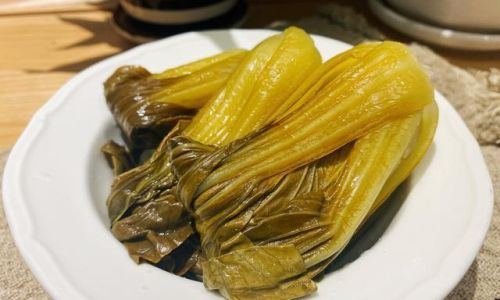
The quality of your cabbage is paramount to the success of your sauerkraut. Opt for fresh, firm heads with tight, glossy leaves. Green cabbage is the most common choice, but you can also experiment with red or Savoy cabbage for added color and flavor nuances. Avoid cabbages with signs of wilting, discoloration, or soft spots.
Preparing the Cabbage
-
Cleaning: Rinse the cabbage under cold running water, gently patting it dry with a clean cloth or paper towels. Ensure all dirt and debris are removed.
-
Shredding: Remove the outer leaves and core the cabbage. Shred it finely using a knife or a food processor fitted with a shredding blade. The finer the shreds, the quicker the fermentation process.
The Salt Factor
Salt plays a vital role in sauerkraut fermentation by drawing out moisture from the cabbage, creating the brine necessary for the bacteria to thrive. Use a non-iodized, coarse salt such as kosher or sea salt. The general ratio is about 2 tablespoons of salt per 5 pounds (about 2.3 kg) of cabbage. Too much salt can inhibit fermentation, while too little can lead to unwanted bacteria growth.
The Fermentation Process
-
Mixing: In a large bowl, combine the shredded cabbage with the salt. Using your hands, massage the cabbage for several minutes until it begins to release its juices. This step is crucial for creating the right brine consistency.
-
Packing: Transfer the cabbage into a clean, non-reactive fermentation vessel, such as a glass jar or ceramic crock. Pack it down tightly to eliminate air pockets. The brine should cover the cabbage; if it doesn’t, you can add a bit of filtered water.
-
Weighting: To keep the cabbage submerged, use a fermentation weight, a clean stone, or a smaller jar filled with water. This prevents mold formation on the surface.
-
Covering: Cover the jar with a loose-fitting lid or a cloth to allow gases to escape while preventing contaminants from entering.
Monitoring and Tasting
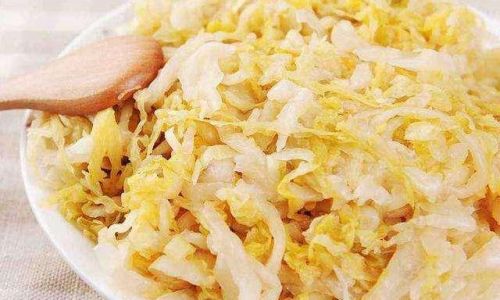
Fermentation can take anywhere from 3 to 14 days, depending on temperature and personal preference. Warmer temperatures accelerate fermentation, while cooler ones slow it down.
-
Day 1-3: Bubbles may start forming, indicating active fermentation. Taste daily to monitor progress.
-
Day 4-7: The cabbage should have a noticeable tang. Continue tasting until you reach your desired level of acidity.
-
Day 8-14: By now, the sauerkraut should be tangy and slightly sour, with a pleasant aroma. If you prefer a milder flavor, stop fermentation earlier; for a stronger tang, allow it to continue.
Storing Your Pickled Sauerkraut
Once you’re satisfied with the taste, it’s time to stop the fermentation process. This can be done by refrigerating the sauerkraut, which slows down the bacteria’s activity. Properly stored, pickled sauerkraut can last for several months in the fridge, retaining its crunch and flavor.
Enhancing Flavor with Additions
While traditional sauerkraut is delicious on its own, you can elevate its flavor profile by incorporating various ingredients:
- Caraway Seeds: A classic addition that complements the cabbage’s earthiness.
- Juniper Berries: Adds a subtle piney aroma.
- Apple Slices: For a touch of sweetness and fruitiness.
- Garlic and Onion: Enhance the savory notes.
- Red Pepper Flakes: For a bit of heat.
Experimenting with these and other ingredients can turn your sauerkraut into a gourmet delight, tailored to your taste preferences.
Conclusion
Making delicious pickled sauerkraut is a rewarding endeavor that combines science with culinary creativity. By understanding the basics of fermentation, choosing high-quality ingredients, and carefully monitoring the process, you can craft a tangy, probiotic-rich dish that enhances any meal. Whether enjoyed on its own, as a side dish, or incorporated into recipes, homemade sauerkraut offers a burst of flavor and nutrition that’s hard to resist. Happy fermenting!
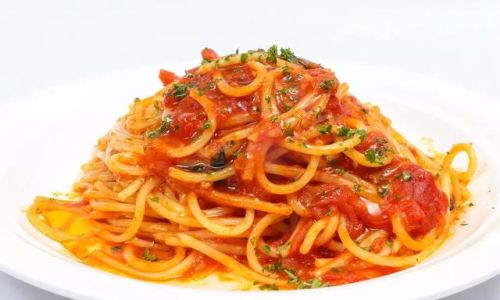
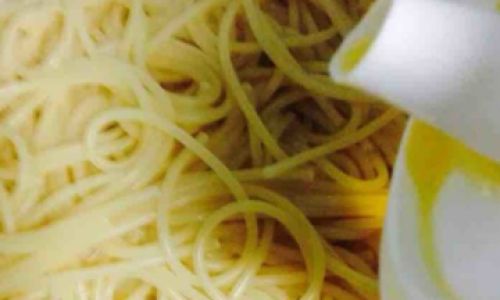
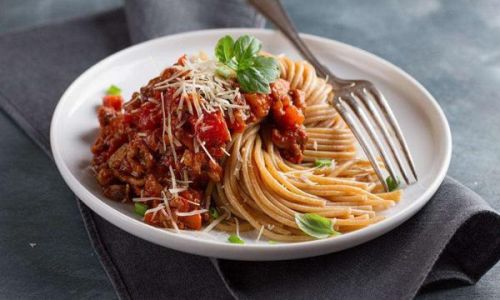

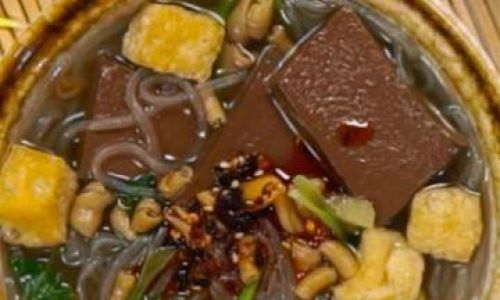
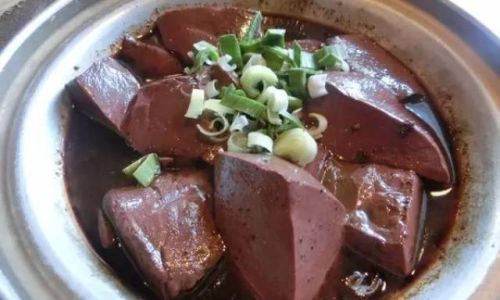
0 comments